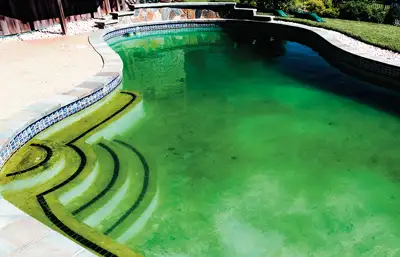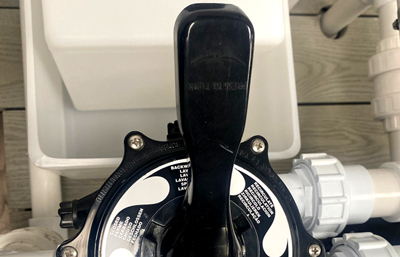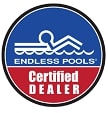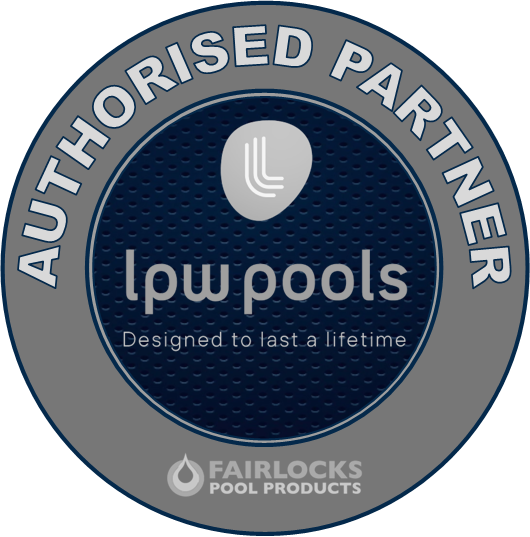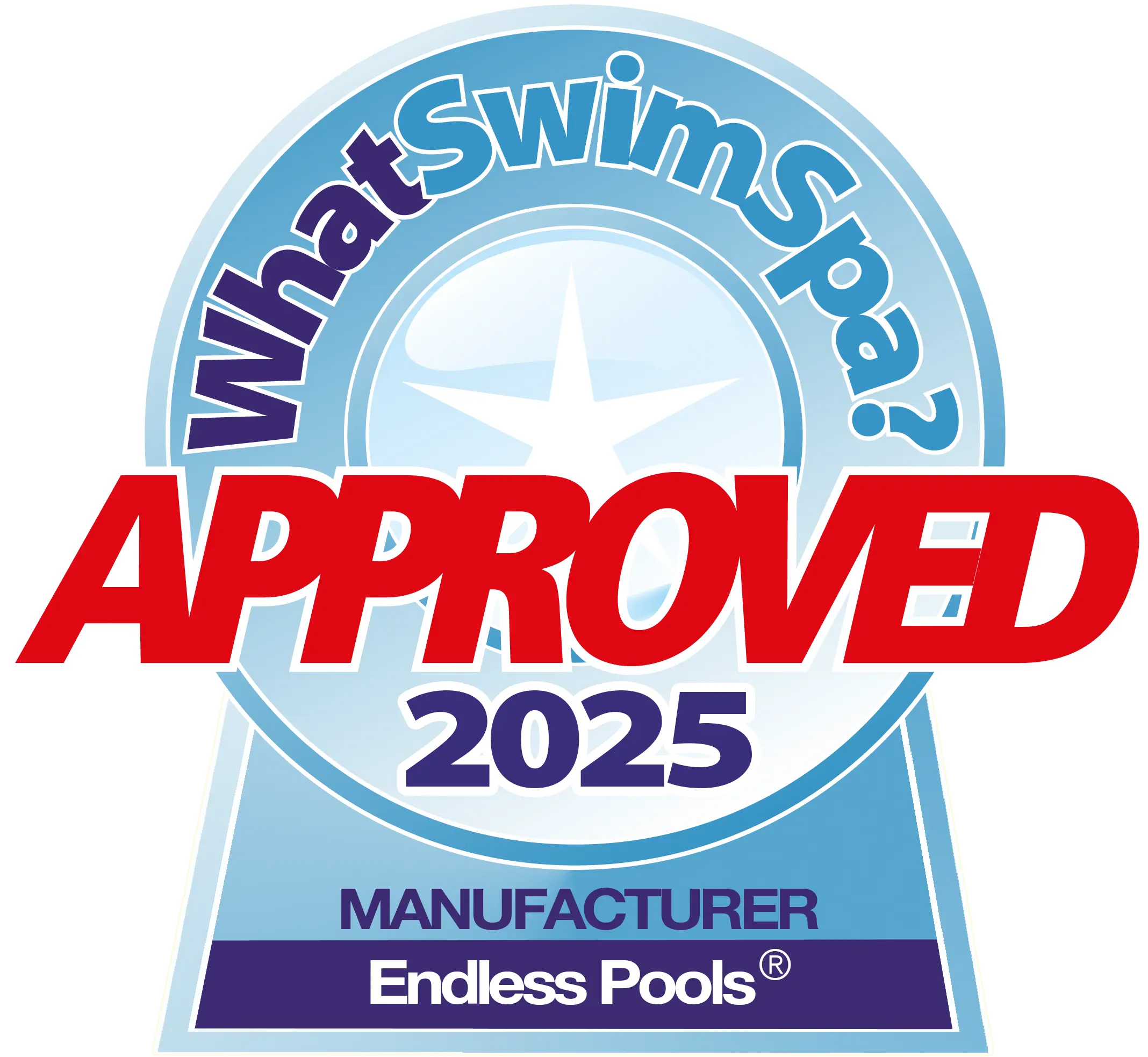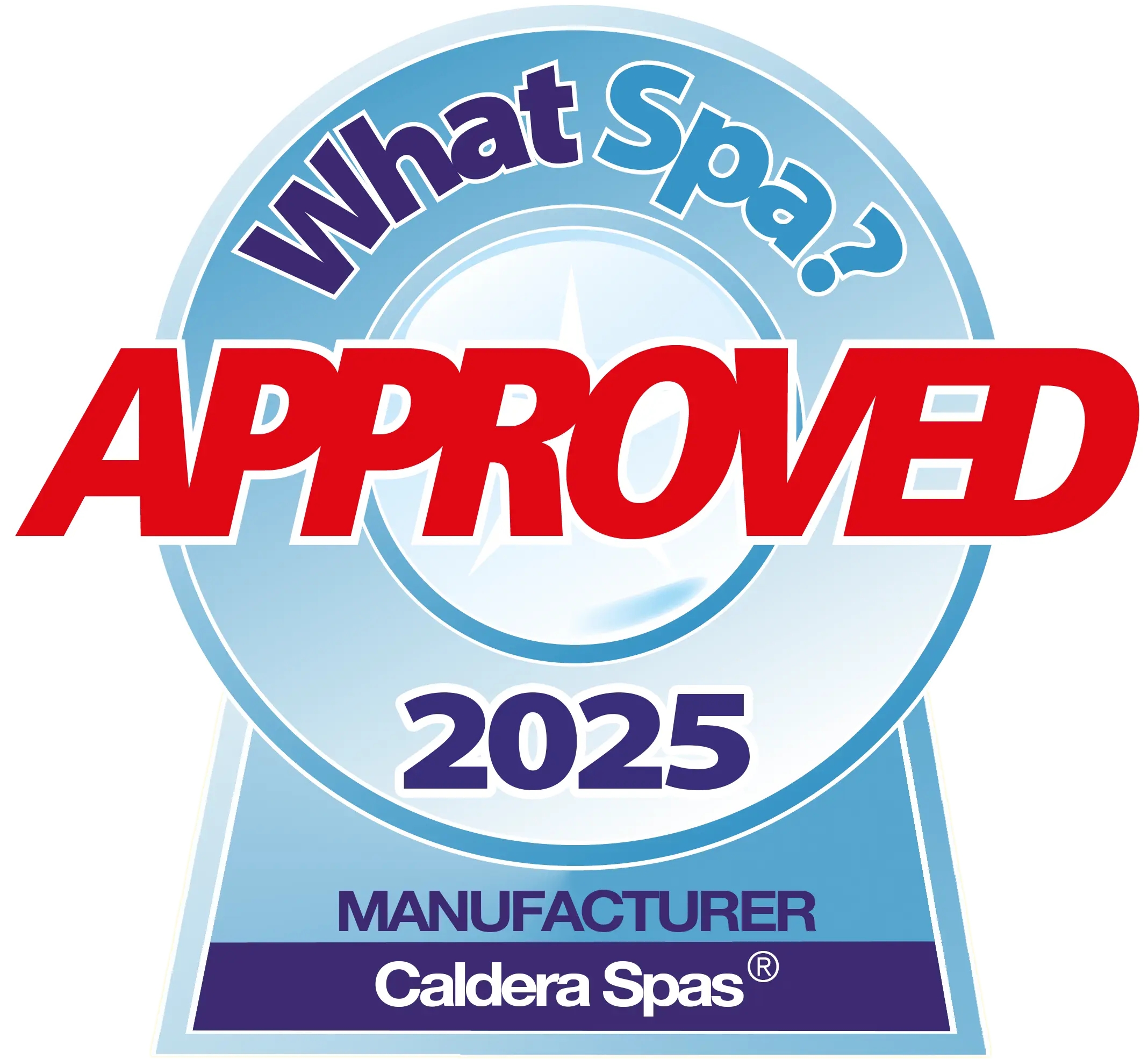Vacuuming an inground swimming pool is a necessary task, one that might seem a bit daunting if you haven't done it before. But no fear - once you've read this post, you'll be all set ready to tackle the job!
The Basics

A pool vacuum works in a similar way to your household vacuum, but using water instead of air. To remove the wind-blown debris from the floor of the pool, weekly vacuuming is recommended.
The below guide is for manual pool vacuums, or if you'd prefer an easier option, an Automatic Pool Cleaner is recommended. Automatic pool cleaners are available in two types; Electronic Pool Cleaners and Suction Pool Cleaners.
Suction Pool Cleaners are powered by the circulation pump of the pool, which provides them with a suction flow of water that moves them around the pool surface. The debris collected is sent to the sand filter, requiring backwashing once the process is completed. Reliance on the circulation pump means a suction cleaner is only as effective as the pump, with most requiring a minimum 0.75HP pump to operate.
Electronic Pool Cleaners use a low voltage electricity supply and their own power to move around the pool floor (some options will also clean pool walls), creating a vacuum to suck up and trap debris inside the unit itself.
Electronic cleaners have the ability to trap a much finer particle, for a more thorough clean and a simpler process as the debris captured can simply be emptied from the filter compartment within the unit.
The Toolkit

Here are the tools you will need to vacuum the pool manually:
- A vacuum head suitable for the pool surface. There are specific types of vac head for both concrete tiled and vinyl liner finished pools - make sure you choose the correct type, as using the wrong one won't be as efficient or could potentially harm the pool surface!
- A vacuum hose. These come in various lengths, so make sure to choose one large enough for your pool size (speak to us if in any doubt).
- A telescopic pole (or extending handle). The type we sell fits all standard size nets and vac heads, and extends up to 16'.
- A kornea vacuum adaptor (this fits inside the skimmer, providing an airtight and watertight seal to maximise suction).
NOTE! If your swimming pool has algae present, tackle that first! Follow our "How to Clear a Green Pool" guide using shock chlorine to kill the algae off, then follow the below vacuuming steps.
The Set Up
The vac hose and extending handle are attached to the vacuum head, then the hose is filled with water (rest the vac head on the pool floor while pushing down vertically into the water in an overhead manner, as this will expel any air).
The hose then attaches to the kornea vacuum plate, which is then fitted over the skimmer basket (after removing the floating collar).
The Process

- Backwash the filter (for maximum suction).
- Fit the vac head, the hose and the handle.
- Fill the vacuum hose with water,
- Fit the kornea to the hose and attach to the skimmer.
- Shut off the main drain/low suction valve.
- Vacuum the pool. Always keep the vac head below the water level.
- If the pool was fairly dirty to begin with, backwashing the filter might be necessary.
NOTE! If suction is lost or reduced during the process, check the following:
- Does the filter require backwashing?
- Is the skimmer basket full?
- Is the pump strainer basket full?
- Is the kornea properly seated on the basket?
- Are any leaves blocking the vac head or hose?
The Finish
It's recommended to vacuum to waste when the pool has been quite dirty, so as not to block the filter with debris.
To do this, you need to move the multiport valve to waste, bypassing the filter and pumping the water to waste. If vacuuming to waste, please note though that the water level will drop quickly, and you mustn't let the water level drop below the level of the skimmer.
And there you go! Congratulations, you just vacuumed your swimming pool!
For any advice or help maintaining your swimming pool, get in touch with us:
Tel: 029 2070 5059
Email: sales@allswimltd.com

















































































